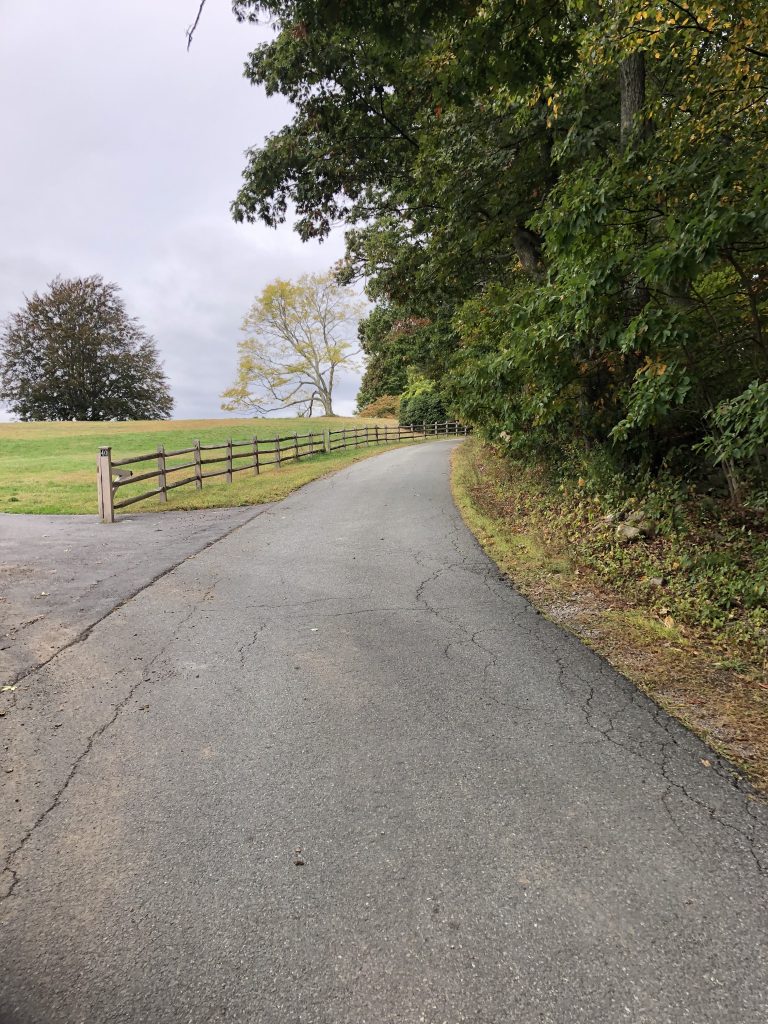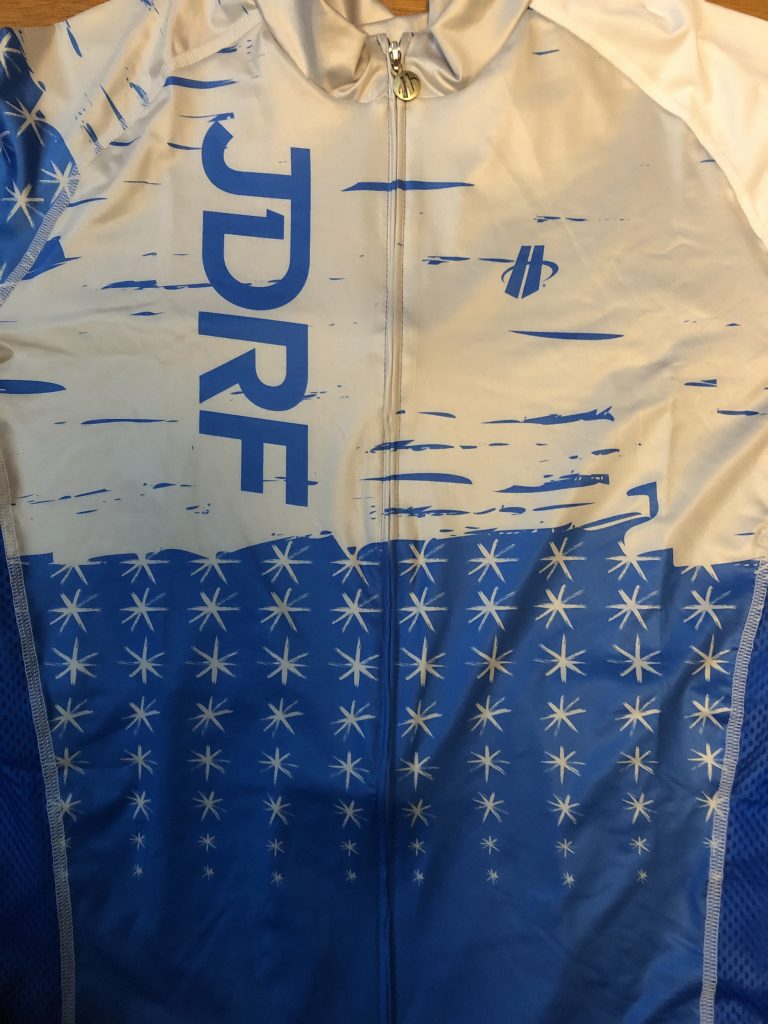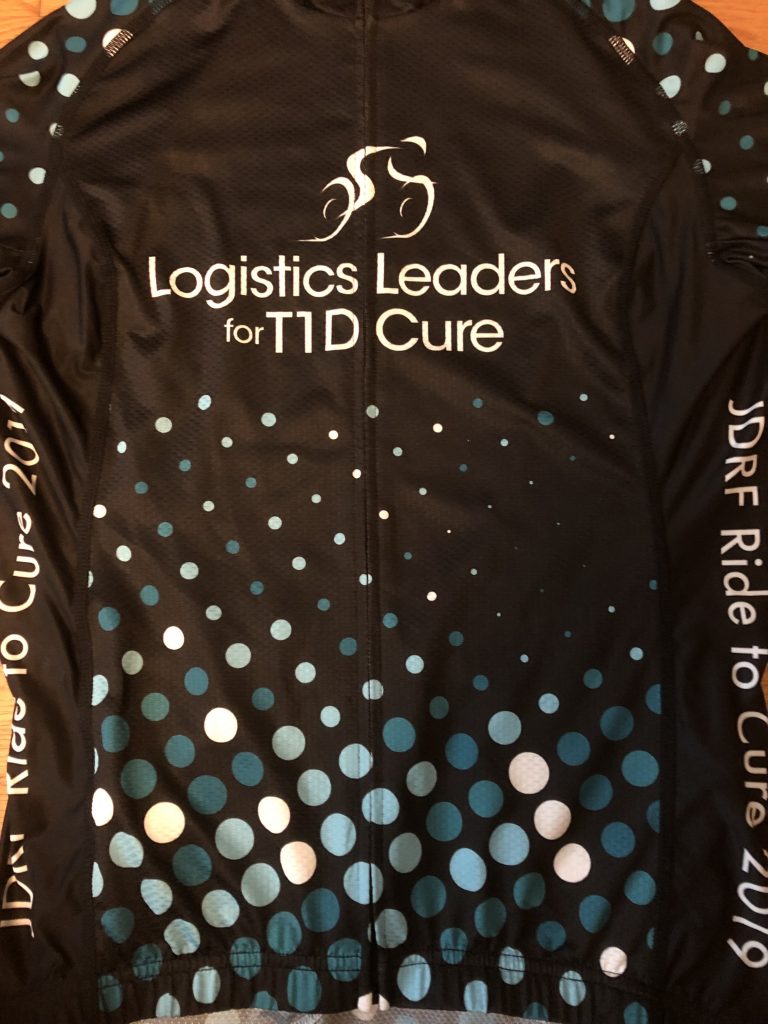Today is October 4th, a date on the calendar that until 8 years ago was just another day for our family. The sun rose like it always did. We got dressed, ate breakfast, and started our day. But before the sun set, life as we knew it had changed.
October 4, 2011: the day my oldest daughter Hannah was diagnosed with Type 1 Diabetes (T1D) at age 11.
When we woke up that morning, none of us knew anything about T1D or insulin or hypoglycemia or glucose meters. But by dinner time, my daughter was pricking her finger to test her blood and injecting herself with insulin, which she now needed to do every day to stay alive.
Scared and shocked, we all cried ourselves to sleep that night.
The next morning, the sun rose like it always did.
It’s been 8 years (2,920 sunrises) since that life-changing day. It is not an anniversary we celebrate, but one that reminds of us of the sharp turns and potholes we sometimes encounter on the road of life, usually when we least expect them. How we move forward when we encounter these obstacles is what matters.
For my daughter, although she lost a bit of her childhood that day (which still pains me), she discovered an inner strength and determination to keep following her dreams and passions, and to appreciate all the simple things in life.
For my wife and me, we added a new purpose to our lives: do what we can to help find a cure for T1D.
In my case, I came up with a big audacious idea: assemble a cycling team of supply chain and logistics professionals (Logistics Leaders for T1D Cure) to join me for a 102.7-mile bike ride in Death Valley, California to benefit JDRF, the leading non-profit organization focused on T1D research. What started out as an idea became a reality thanks to the generous support of our sponsors, and along with donations from family and friends, we have collectively raised over $200,000 for JDRF since 2016!
I will be riding in Death Valley again on October 19, along with several LL4T1DCure teammates. Why Death Valley? Because it is hot and windy and there’s a 5-mile climb in the middle. Because I almost didn’t finish it in 2016. Because it is a grind, which is what my daughter and everyone living with T1D experience every day (and every night) to stay alive and healthy.
I’m wrapping up my training this week, as I have to ship my bike out to Death Valley on Tuesday. Yesterday, I rode up Pagan Hill near where I live. It’s a half-mile long, 7.8% grade hill. I climbed it 8 times — once for every year Hannah has been living with T1D. My plan was to climb it 10 times, but aside from my legs screaming no, I decided not to because maybe this will be the year that we find a cure for T1D and we can all stop counting the years and the climbs.
Thanks to our Century Team Sponsors (BluJay Solutions, C.H. Robinson, and Descartes Systems Group), as well as our Team Water Bottle Sponsor (enVista) and family and friends, we have raised over $62,000 for JDRF so far this year. An impressive amount, but still short of our $75K goal.
So, I have a small ask: Thanks to our sponsors, it doesn’t cost you anything to access the posts and videos we publish on Talking Logistics. But if you enjoy and get value from our content, please consider making a tax-deductible donation in support of our team and JDRF. Any amount is greatly appreciated because every dollar gets us closer to a cure.
(Everyone who donates $100 or more by October 11 will be entered in a drawing to win one of 10 JDRF team jerseys. Everyone who donates $250 or more will be entered in a drawing to win a LL4T1DCure Team jersey and water bottle.)
Thank you for your time and consideration. Now, here’s the supply chain and logistics news that caught my attention this week:
- UPS Flight Forward Attains FAA’s First Full Approval For Drone Airline
- Deutsche Post DHL Group accelerates growth in core businesses and invests EUR 2 billion in digital transformation
- Blockchain Booking Venture Fails (The Maritime Executive)
- Introducing: Convoy Connect. The free Transportation Management System that gives shippers immediate access to capacity and reduces time to tender by half
- Descartes Launches Advanced Analytics Solution Using Microsoft Power BI for Logistics and Supply Chain Operations
- MercuryGate Announces Global Expansion
- FourKites and Ocean Insights Form Strategic Partnership to Provide End-to-End Predictive Visibility and Transform Ocean Freight Tracking
- WTO lowers trade forecast as tensions unsettle global economy
- US to impose tariffs on EU aircraft and agricultural products (CNBC)
- CBP cracks down on forced labor in supply chains (American Shipper)
- Postmates, DoorDash Want to Deliver Your Groceries, Too (WSJ – sub. req’d)
Delivery by Drones: Cleared for Takeoff
Actually, there are still a lot of hurdles to overcome before drone deliveries to our homes becomes a reality, but we’re making progress. UPS announced this week that it has received “the U.S. government’s first full Part 135 Standard certification to operate a drone airline.” Here are some details from the press release:
The company will initially expand its drone delivery service further to support hospital campuses around the country, and to provide solutions for customers beyond those in the healthcare industry. UPS Flight Forward plans in the future to transport a variety of items for customers in many industries, and regularly fly drones beyond the operators’ visual line of sight.
The FAA’s Part 135 Standard certification has no limits on the size or scope of operations. It is the highest level of certification, one that no other company has attained. UPS Flight Forward’s certificate permits the company to fly an unlimited number of drones with an unlimited number of remote operators in command. This enables UPS to scale its operations to meet customer demand. Part 135 Standard also permits the drone and cargo to exceed 55 pounds and fly at night, previous restrictions governing earlier UPS flights.
Will drones gain traction in the industry faster than driverless trucks? I used to think the opposite, but I started to change my mind after listening to Professor Mary “Missy” Cummings speak on “The Future of Artificial Intelligence and Logistics” at the CSCMP EDGE 2017 conference. In short, we are further ahead on the learning and experience curve with drones, thanks to their use in the military. It won’t be long until others receive FAA certification to operate a drone airline, which will add to this knowledge and experience, and further accelerate the use of drones in delivery operations.
Descartes Launches Advanced Analytics Solution
What is more valuable: logistics software or logistics data?
It is difficult to separate the two, since they depend on each other to deliver value. But procuring and deploying a software solution is arguably easier than converting the data generated and collected into actionable insights. That is why companies across all industries are investing heavily in BI/analytics solutions and hiring data scientists.
BI/analytics capabilities are also becoming integral components of logistics software solutions. For example, Descartes (a Talking Logistics sponsor) this week announced the availability of Descartes Analytics™, “an advanced analysis and reporting solution that is designed to help enable customers to leverage the wealth of data that is contained within Descartes’ solutions.” Here are some details from the press release:
Descartes Analytics uses Microsoft Power BI with Descartes standard integration, data models, dashboards and reporting templates. The solution benefits from Power BI’s analytics and reporting capabilities. In combination with Descartes’ deep domain expertise and product integration, it enables customers to quickly gain greater insight into their logistics and supply chain operations. The solution provides flexibility for users to customize their configuration and reporting, and supports integration to third-party applications. Additionally, Descartes’ data science experts can help configure the solution to meet a customer’s unique needs.
The initial launch of Descartes Analytics has it ready for use with the following Descartes solutions:
Descartes Routing, Mobile and Telematics;
Descartes Transportation Management;
Descartes MacroPoint™;
Descartes Datamyne™; and
Descartes Aljex™ solutions.
A few weeks ago, we asked our Indago research community, “Over the next five years, which emerging supply chain technologies do you believe will have delivered the most supply chain benefits?” Drones, delivery robots, and blockchain all ranked low on the list. What topped the list? Predictive Analytics, which 70% of our Indago members view as the technology that will deliver the most supply chain benefits over the next five years.
Do you agree? Post a comment and share your perspective!
And with that, have a happy weekend!
Song of the Week: “Sing Along” by Sturgill Simpson













